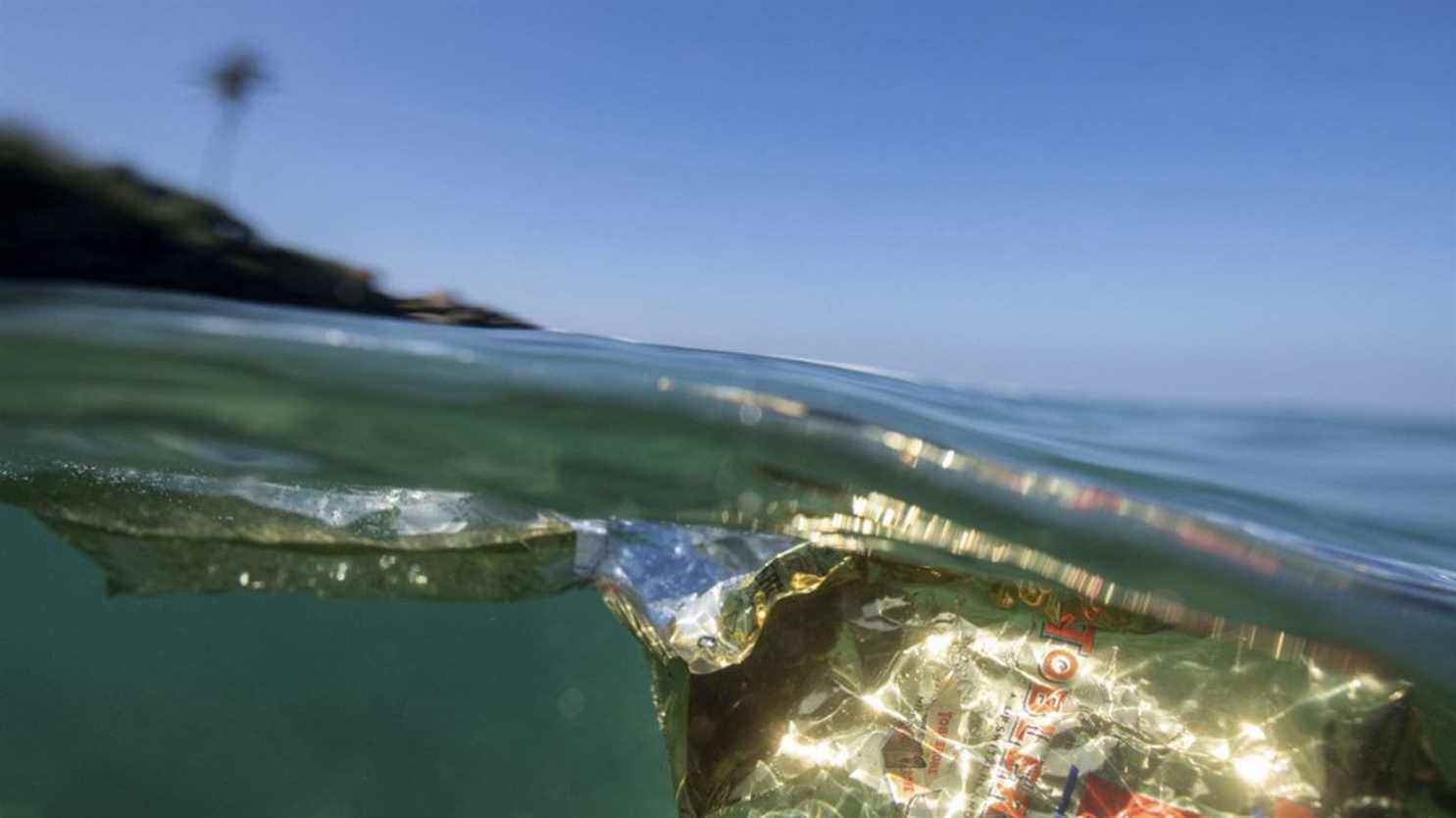Nearly 9 million tonnes of plastic end up in the sea each year. This pollution is one of the points addressed by the One Ocean Summit or international summit on the ocean which opens on Wednesday February 9 in Brest. Where does this plastic come from and what can be the consequences of this pollution? We are going to the United States and Malaysia.
In the United States, very little plastic waste is recycled
The latest figures we have are from 2016 but they are damning: the United States, that year, produced 42 million tons of plastic waste, according to a report commissioned by Congress. 42 million tonnes is twice as much as China, it is more than all the countries of the European Union, while the country represents only 5% of the world’s population. Another figure: 130 kg of plastic debris are produced per American per year. That’s eight times more than a Chinese, three times more than a Frenchman.
It is difficult to know the exact proportion of this waste that ends up in the oceans, but the situation is not improving. The Congress report advocates the establishment, for example, of a production limit for non-recyclable plastics, but lobbies are holding back. Currently, only 10% of plastic waste is recycled in the United States, compared to 25% in the European Union. The rest is buried or incinerated. The initiatives taken by certain American states, such as the end of single-use plastic bags, for example, are very limited.
President Joe Biden has nevertheless voted for his Infrastructure plan, in which 350 million dollars are allocated to this failing recycling sector. A drop of water, even if the president shows his interest in environmental issues, unlike his predecessor Donald Trump. For things to move forward, it would be necessary for the divided Congress not to block its projects as is the case at the moment.
In Malaysia, microplastics present at all levels of the food chain
Plastic pollution is now well known to the inhabitants of this Southeast Asian country, which is one of the ten countries most affected by this threat, behind more populated or less developed countries.
On the east coast of the country, particularly known for its sublime beaches and archipelagos, the scourge of microplastics is closely scrutinized by the Microplastic Research Interest Group of the Malaysian University of Terengganu.
This team of researchers has shown in particular that microplastics are ingested at all levels of the food chain in this region where people eat fish and seafood daily. First in polychaete marine worms whose digestive tracts are contaminated, then in the fish and crabs that eat them, and then in humans. This latest discovery was made possible through the analysis of human tissue taken after colon removal surgeries. “Nobody wanted to believe us at the beginning”says the team’s gastroenterologist, Dr. Lee.
“We found an average of 300 microplastic particles in each colon. And we know that they can release substances, which can cause inflammatory bowel disorders and cancers.”
Dr. Lee, gastroenterologist at the Microplastic Research Interest Group
These microplastics are themselves toxic. But they can also attract other potentially harmful substances like heavy metals, according to Dr. Wan, the team’s chemist.“Due to common hydrophobic properties, they clump together in water, where they are not meant to stay.”
The discovery of the presence of plastics in the colons of some Malaysians has raised many questions still unanswered: how long can these microplastics remain in the human digestive system? Do they all come from marine ecosystems? Can we make a connection with the global and rather mysterious resurgence of colon cancer among young people?
The pollution of ecosystems is not about to stop in Malaysia, especially in view of the massive and illegal imports of toxic waste from all over the world which overwhelm the country.
